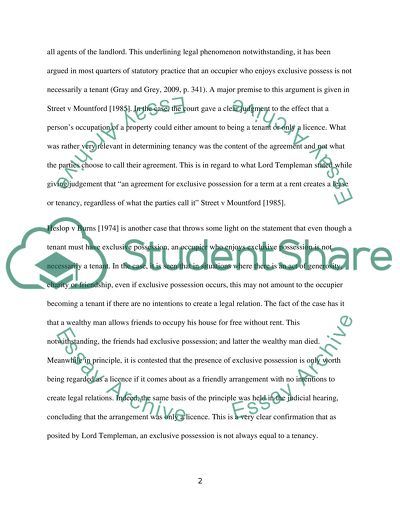Cite this document
(“LAND LAW II Essay Example | Topics and Well Written Essays - 2750 words”, n.d.)
LAND LAW II Essay Example | Topics and Well Written Essays - 2750 words. Retrieved from https://studentshare.org/law/1479664-land-law-ii
LAND LAW II Essay Example | Topics and Well Written Essays - 2750 words. Retrieved from https://studentshare.org/law/1479664-land-law-ii
(LAND LAW II Essay Example | Topics and Well Written Essays - 2750 Words)
LAND LAW II Essay Example | Topics and Well Written Essays - 2750 Words. https://studentshare.org/law/1479664-land-law-ii.
LAND LAW II Essay Example | Topics and Well Written Essays - 2750 Words. https://studentshare.org/law/1479664-land-law-ii.
“LAND LAW II Essay Example | Topics and Well Written Essays - 2750 Words”, n.d. https://studentshare.org/law/1479664-land-law-ii.


